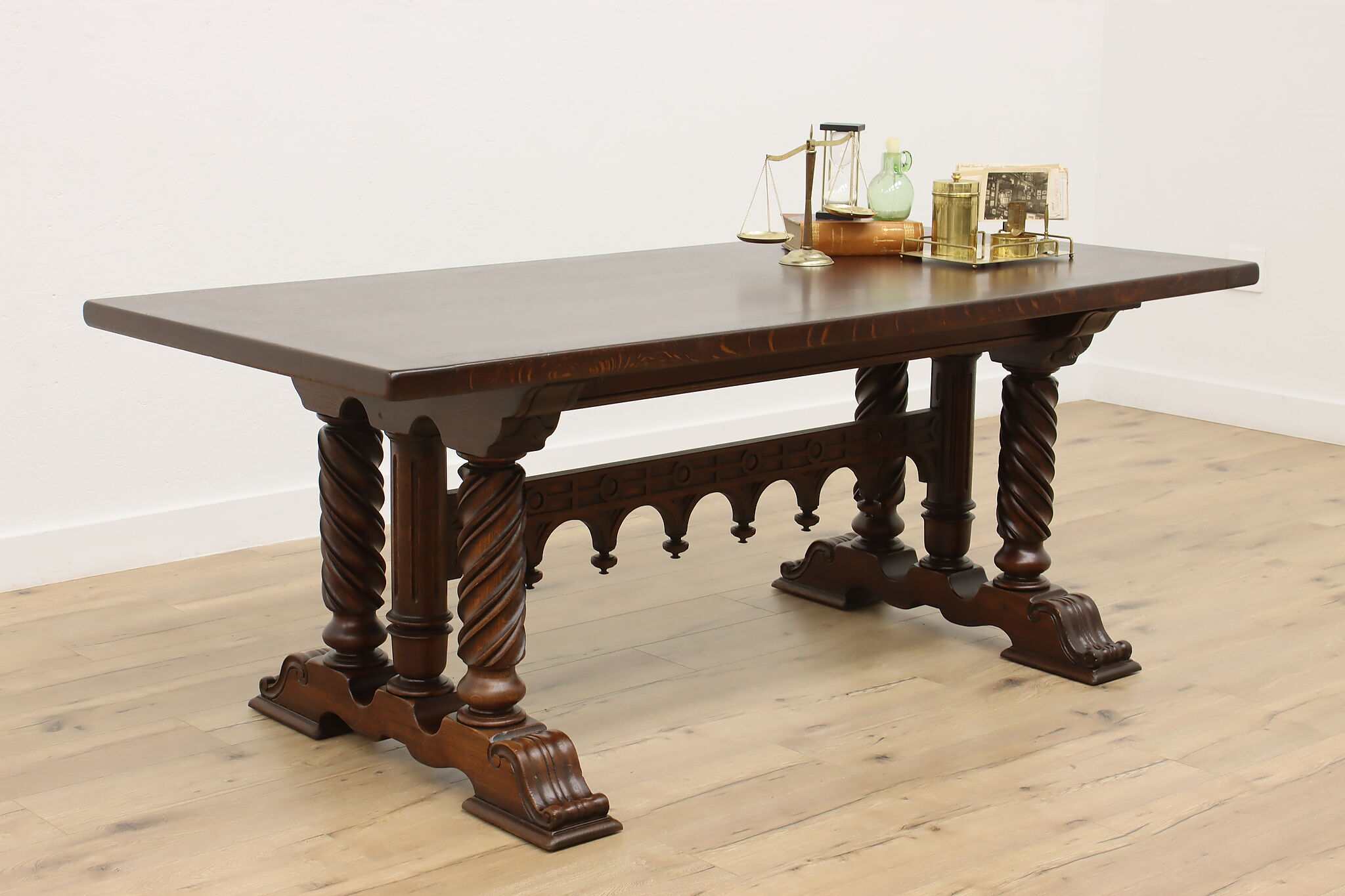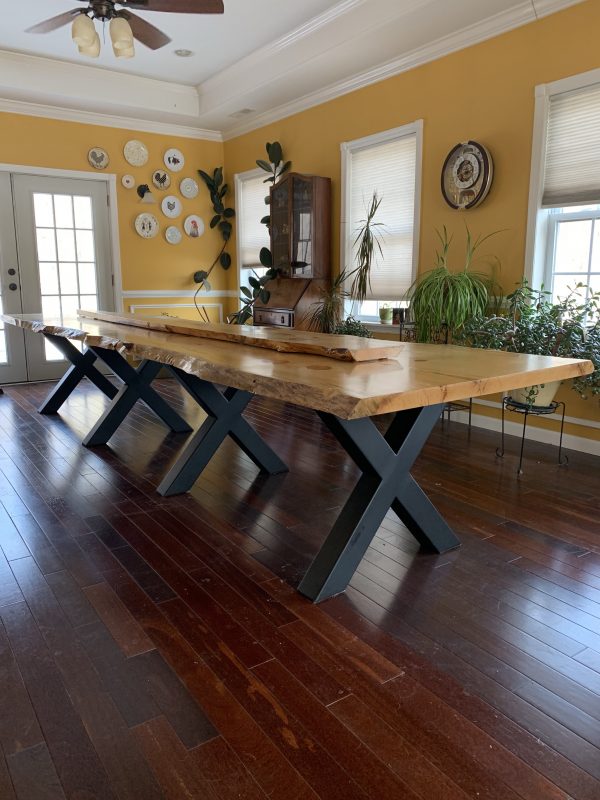Simple Steps to Replacing Old Dining Room Table Legs with New Ones
Simple Steps to Replacing Old Dining Room Table Legs with New Ones
Blog Article
From Traditional to Modern: Discover the Ideal Dining-room Table Legs for Your Style
While timeless designs such as cabriole and turned legs stimulate a feeling of timeless class, contemporary styles like barrette and geometric alternatives present a chance for striking visual rate of interest. As you think about these components, the concern stays: just how can you seamlessly integrate these diverse leg styles to create a harmonious eating experience?
Understanding Table Leg Styles
The range of dining space table leg styles can significantly affect both the appearances and capability of the room. Each leg design adds one-of-a-kind sensible features and aesthetic components, accommodating diverse layout preferences and usage needs. Recognizing these designs is critical for choosing the right table that straightens with your total indoor layout vision.
For circumstances, conical legs use a tidy, traditional look that can boost a room's style, while pedestal bases provide stability and optimize legroom, making them perfect for smaller sized areas. Barrette legs, a hallmark of mid-century modern design, present an industrial panache, permitting for a ventilated, open feel. Trestle legs evoke rustic charm, supplying robust assistance and a sense of eternity.
In addition, the option of products plays a significant function. Wood legs can bring warmth and appearance, whereas metal alternatives commonly communicate a sleek, modern ambiance. Ultimately, recognizing table leg designs is vital for creating a natural dining location that shows individual style while guaranteeing usefulness and convenience. By attentively considering these elements, you can improve both the practical and aesthetic charm of your dining area.
Typical Table Leg Options
When selecting dining-room table legs, traditional choices commonly personify timeless style and workmanship. These designs mirror a rich heritage and a commitment to top quality, making them suitable for those that value timeless appearances.
One of the most legendary traditional leg styles is the cabriole leg, characterized by its elegant curved shape. This layout usually features ornamental carvings and is most frequently discovered in Queen Anne and Chippendale furnishings. Another popular option is the turned leg, which boasts a collection of smooth, rounded forms that offer a classic appearance while keeping security.
In addition, the straight leg, while simple, offers a basic and tough framework that can mix flawlessly with a selection of tabletop styles. For those drawn to ornate outlining, claw-and-ball feet legs evoke a feeling of magnificence and can function as a magnificent prime focus in any kind of eating area.
Lastly, stand bases, although not purely legs, offer an alternate traditional alternative that permits for ample legroom and can be wonderfully sculpted. Each of these standard leg styles adds to the general atmosphere of a dining-room, marrying function with visual allure.

Modern Table Leg Styles
Modern table leg designs offer a varied series of designs that emphasize tidy lines and cutting-edge products. These designs often focus on functionality while working as striking prime focus within an eating space. Minimal looks prevail, with legs crafted from products such my explanation as steel, glass, and engineered timber, which contribute to a ventilated and modern feeling.
One prominent layout is the hairpin leg, defined by its slim, tapered framework that gives stability without overwhelming the table top (dining room table legs). This design is typically located in mid-century modern furnishings and can easily enhance various table forms. Another trend is making use of geometric forms, where legs may handle unbalanced or angular forms, adding aesthetic rate of interest and a touch of virtuosity

Mixing Designs for Special Areas
Typically, property owners look for to develop one-of-a-kind eating click to read more areas that mirror their individual design by blending various design components. This technique enables the consolidation of varied aesthetics, causing a harmonious yet distinctive setting. As an example, coupling a rustic wood table with sleek, modern-day steel legs can create an attractive comparison that raises the space's overall allure.
Additionally, incorporating vintage table legs with contemporary table tops can evoke a feeling of background while maintaining a contemporary sensibility. Such mixes not only display individual preference but likewise encourage imagination, allowing home owners to curate a space that really feels both personal and inviting.
Shade plays an important role in this mixing process; choosing table legs that enhance or contrast with the existing color pattern can improve aesthetic interest. Whitewashed legs can soften the boldness of a dark table surface, producing a well balanced visual.
Tips for Choosing the Right Legs
Selecting the right table legs is vital for accomplishing both functionality and visual appeal in your eating space. Begin by thinking about the general style of your room. Typical settings profit from legs that include detailed carvings or turned layouts, while modern areas might require sleek, minimalist designs.
Following, analyze the elevation and stability of the legs. dining room table legs. Common table vary in between 28 to 30 inches in elevation, so guarantee the legs complement this dimension for convenience. Additionally, durable products, such as hardwood or metal, can enhance stability and long life
Evaluate the leg shape also-- alternatives consist of right, tapered, or stand styles. Straight legs offer a traditional look, while tapered legs can add a touch of beauty. Pedestal bases offer sufficient legroom and are suitable for smaller sized rooms.
Verdict
In summary, picking the excellent dining room table legs calls for cautious consideration of both modern and typical designs. By harmonizing leg style, elevation, and material with the overall decor, a cohesive and welcoming environment can be attained.
The variety of eating space table leg designs can substantially influence both the visual appeals and capability of the area. Inevitably, comprehending table leg designs is vital for developing a cohesive eating area that mirrors personal design while ensuring functionality and convenience.One of the most iconic typical leg styles is the cabriole leg, defined by its elegant curved shape. Straight legs offer a traditional appearance, while tapered legs can add a touch of style.In summary, selecting the perfect eating room table legs needs cautious consideration of both modern and traditional designs.
Report this page